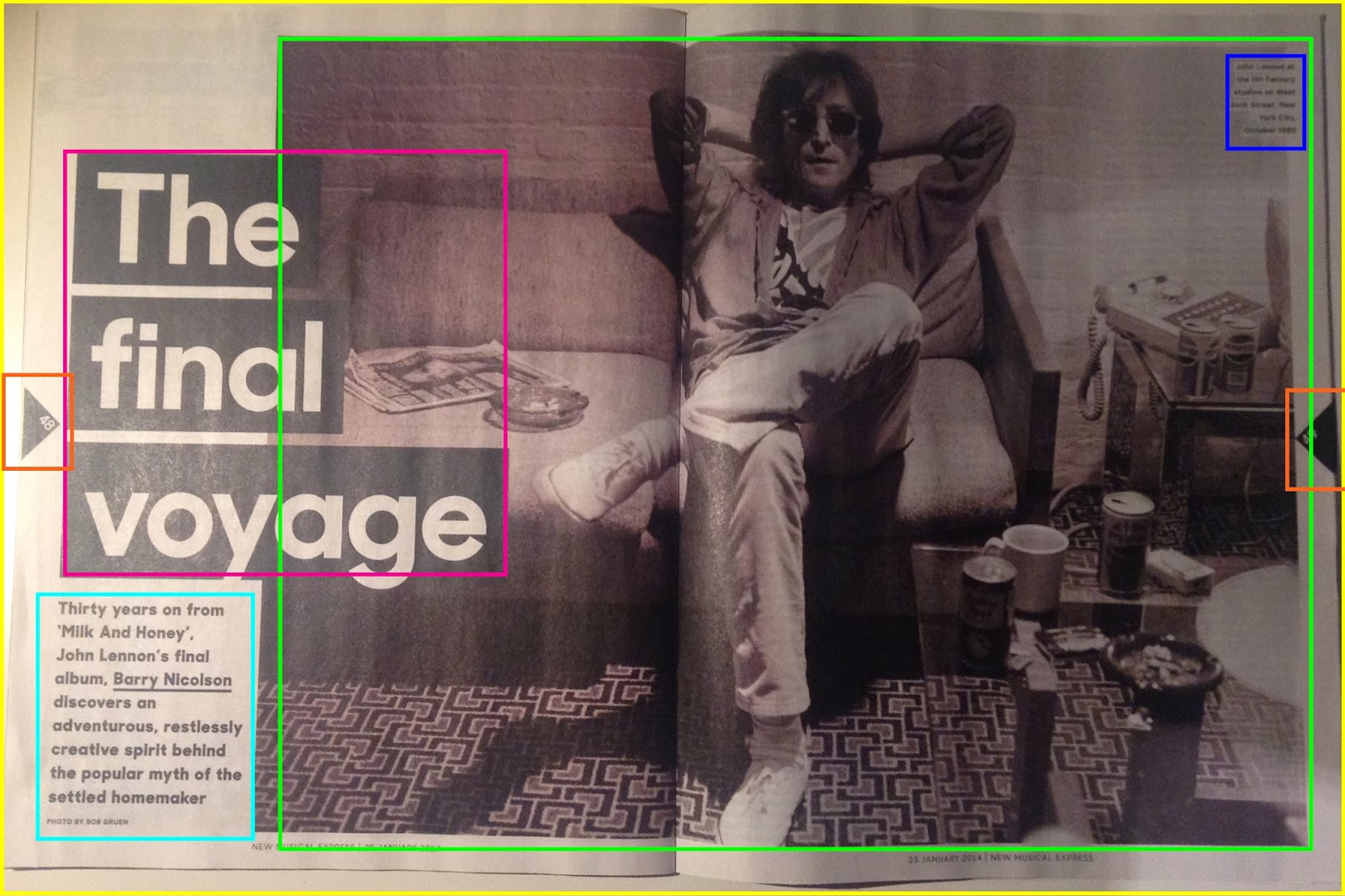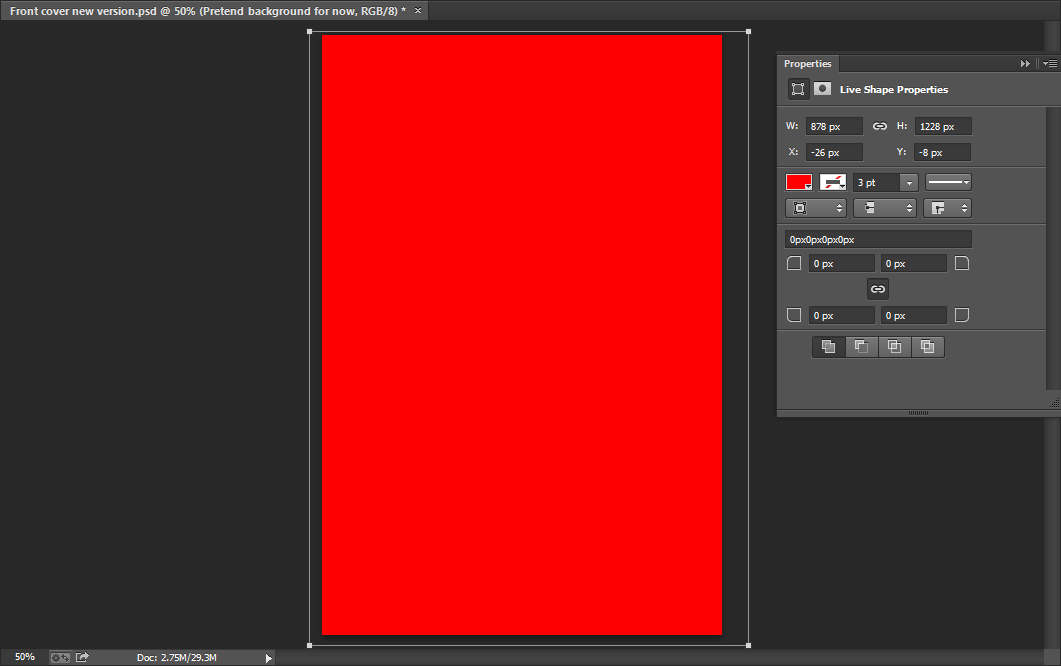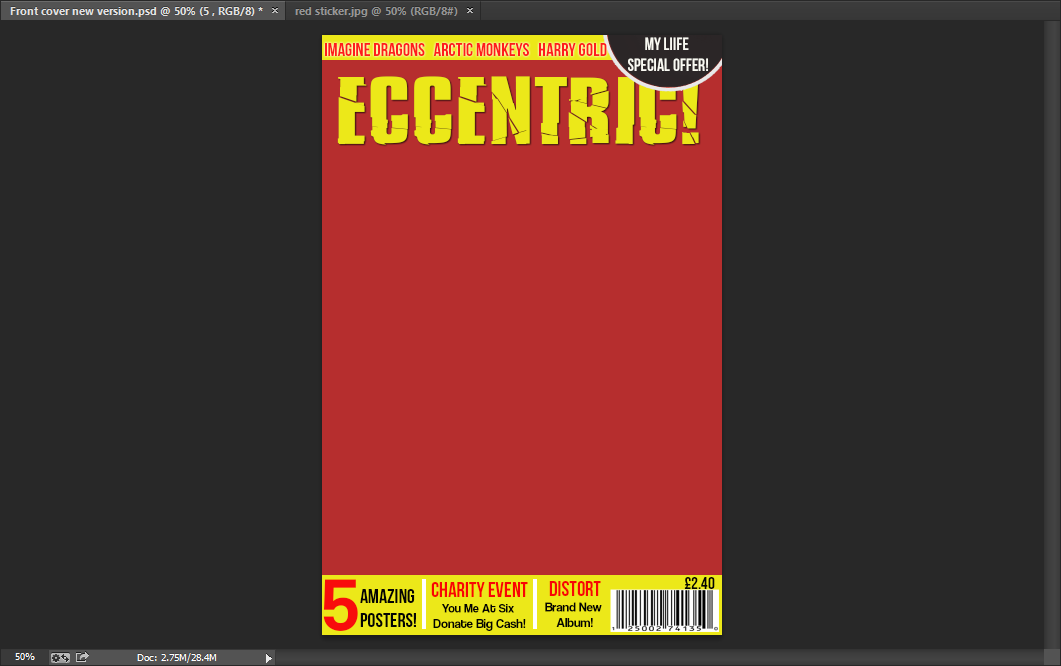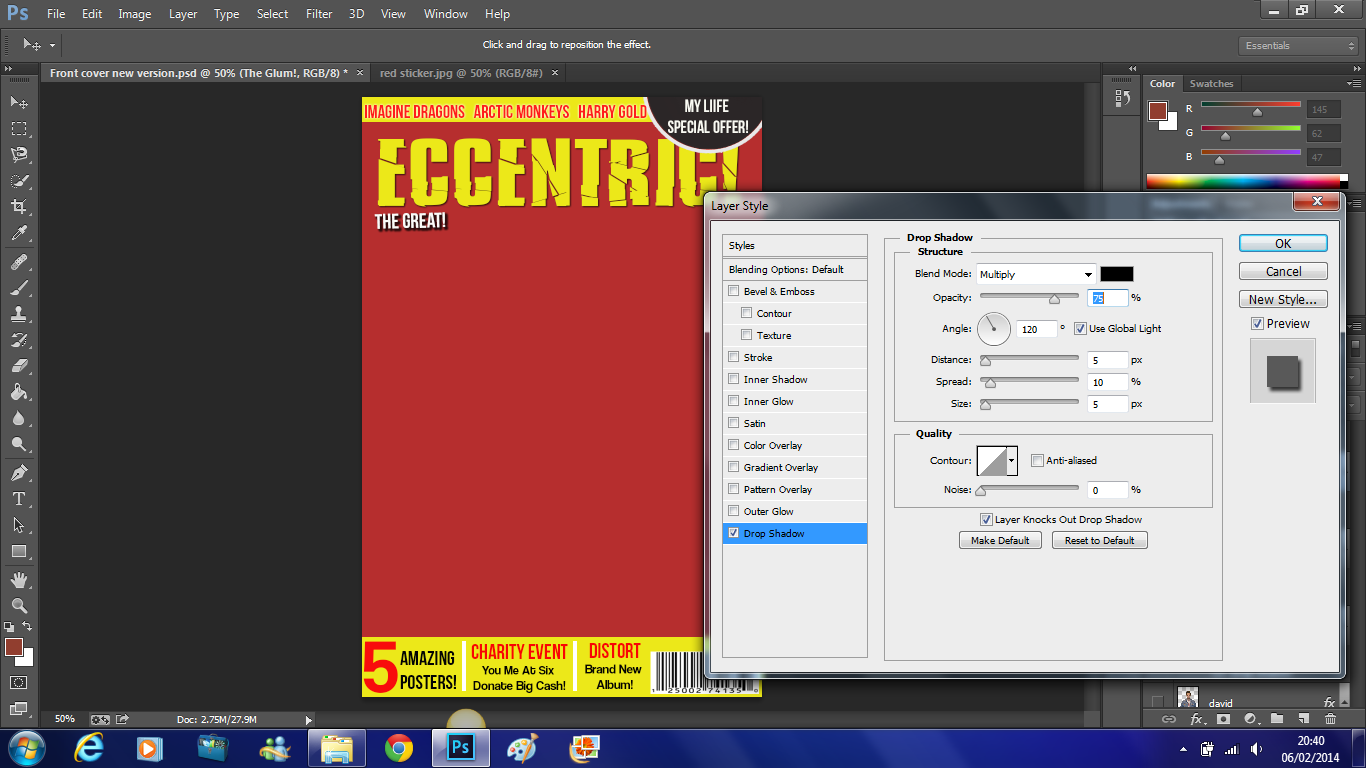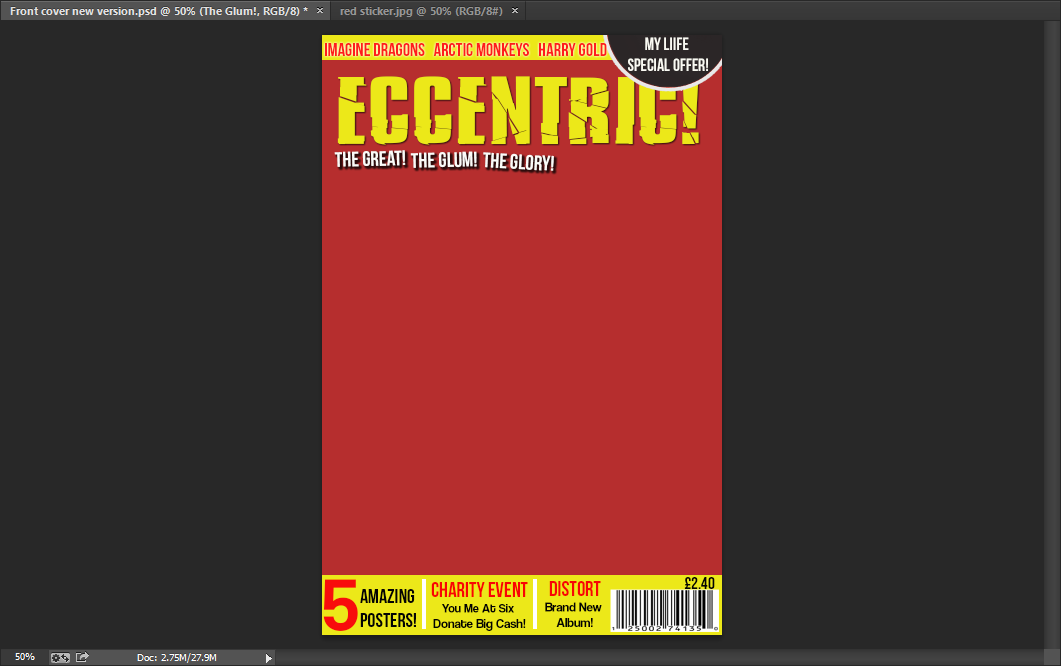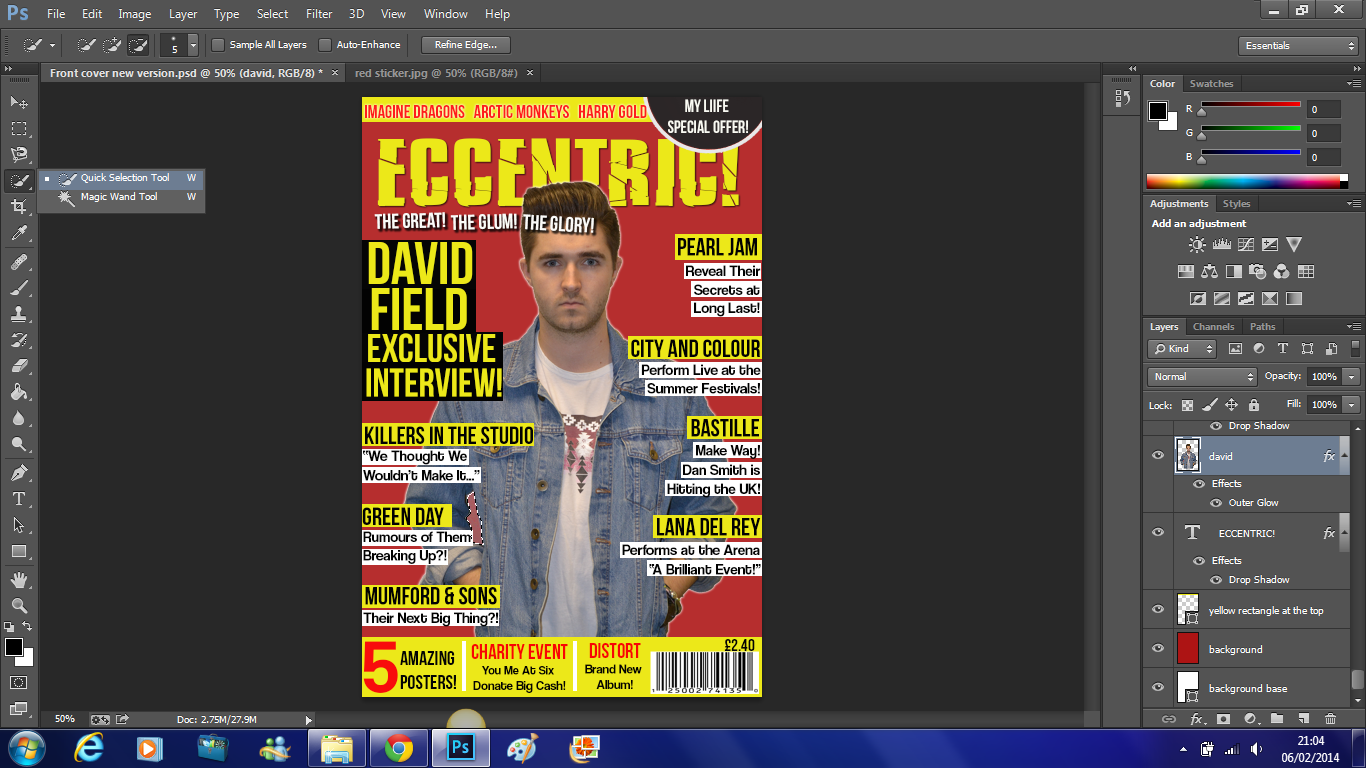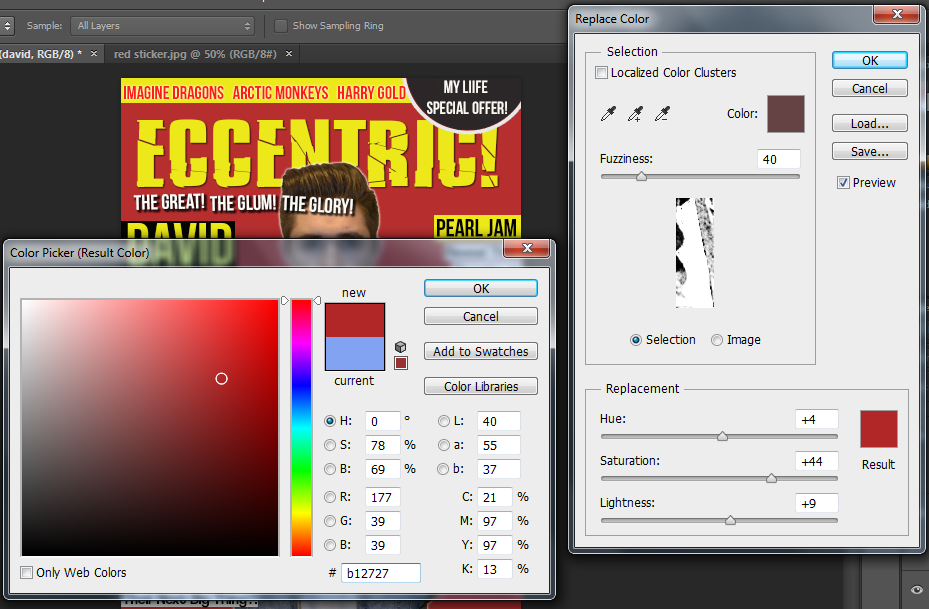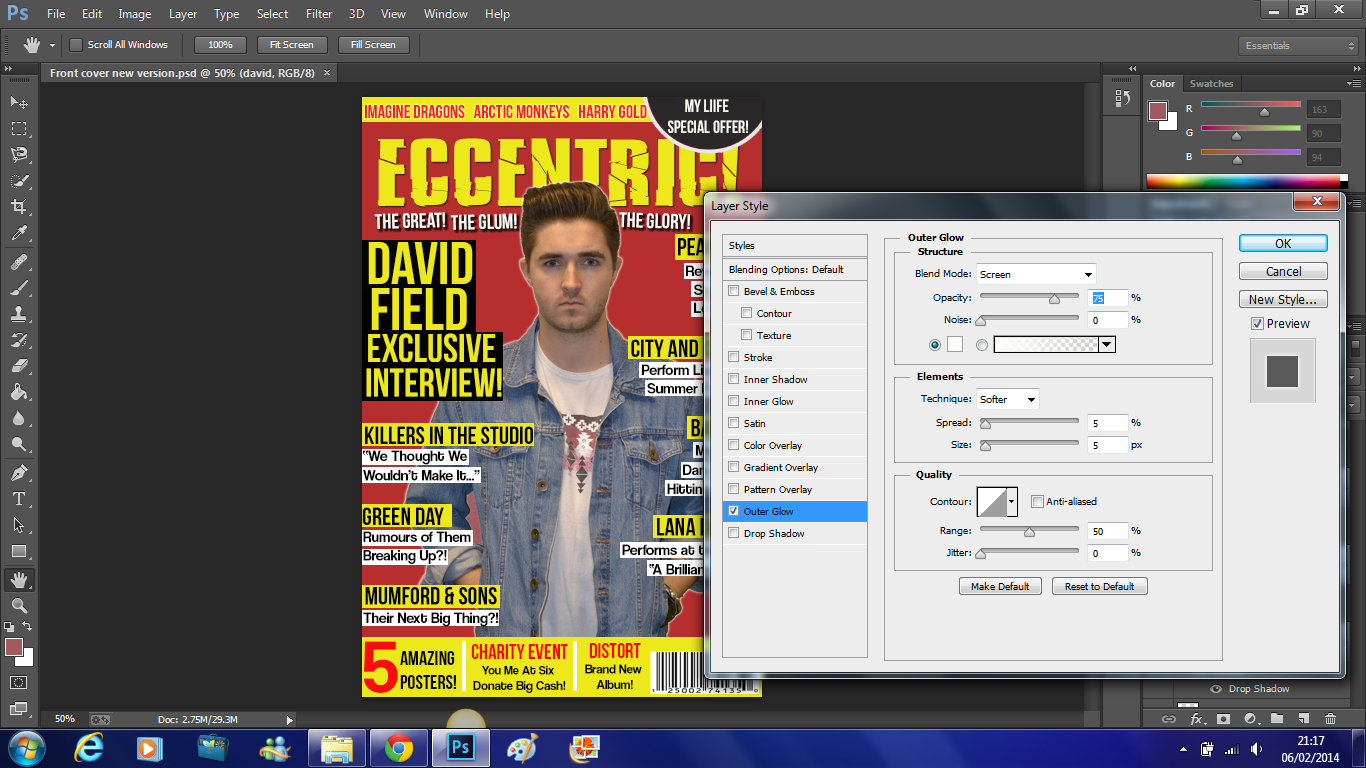In this comparison of an issue from the 'NME' music magazine the masthead is carried from both the front cover to the contents page. Straight away you can see that a house style is present.
The main image on the front cover is highlighted by a blue rectangle and it is of John Lennon. This image is carried over to the contents page and the double page spread, these are also highlighted. However these two images are de-saturated as they are images of John Lennon in the past a much longer time ago. Where as the image on the front cover is a more recent photograph.
The main aspect that links the front page and the double page spread is the text that is highlighted by a red rectangle as both texts mention that it has been thirty years since John Lennon's last album 'Milk and Honey'.
Lastly, the design elements that are used are mainly just the red and black rectangles that are used to help highlight certain parts of the text that they wish the reader to pay closer attention to such as 'Lennon' which is on the front page and is kept very consistent with the actual masthead design - 'NME'. 'The Final Voyage' which is written on the double page spread and is highlighted by black rectangles. Furthermore, these design elements are also used on the contents page which you can see are highlighted with orange and pink rectangles. This simply maintains the house style and brings new dimensions to the magazine, making it more interesting and heightening the chances of their magazine being bought over any other music magazine in the shop.



